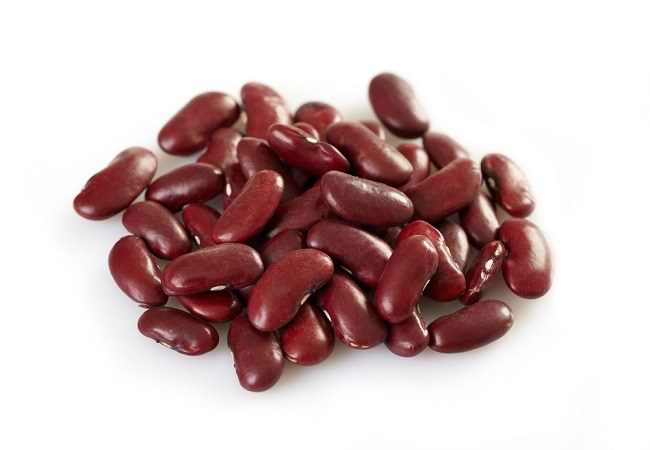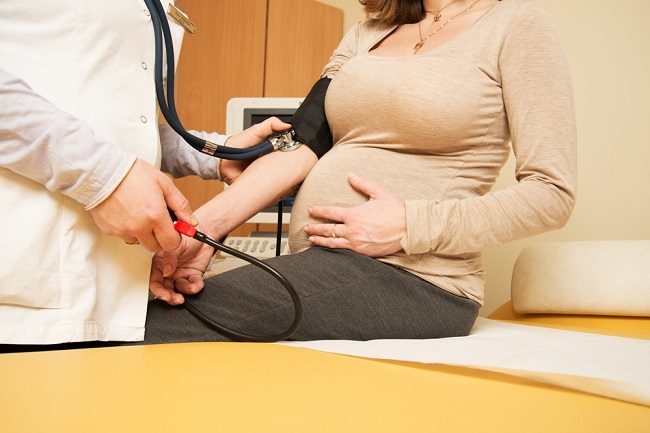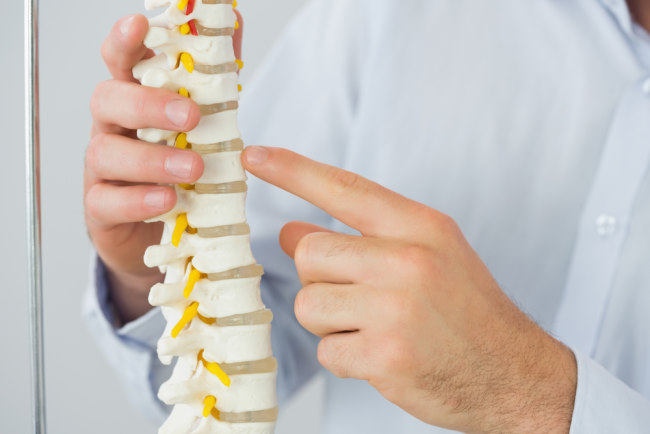Osteochondroma is a type of benign tumor that grows on the surface of the bone and generally occurs in children and adolescents. Usually osteochondroma develops at the ends of long bones, such as the lower ends of the femur and the upper ends of the arm bones.
Up to now, the cause osteochondroma is not known with certainty, so the prevention is still unknown. Nevertheless, the development osteochondroma associated with an abnormality in a gene.

Osteochondroma can develop as a single tumor (osteocartilaginous exostosis) or multiple tumors (multiple osteochondromatosis). Although it cannot metastasize like cancer, osteochondroma can increase in size as the child grows.
Symptom Osteochondroma
Sometimes osteochondroma does not cause any symptoms, but there are also some symptoms osteochondroma in children who may appear. Following are some of them:
- A painless lump near a joint, for example on the knee or shoulder
- Pain in the joints during activity
- Numb
- tingling
- Shorter in height than his peers
- One leg or arm is longer
Handling Osteochondroma
Before treatment, the doctor needs to confirm the diagnosis osteochondroma first. In diagnosing osteochondroma, the doctor will ask for complaints, symptoms that appear, as well as the child's medical history and perform a physical examination.
In addition, there are also several tests that may be done, such as X-rays, CT scans, or MRIs, to see the size and location of the tumor. A biopsy may also be performed to determine whether the tumor is malignant or benign.
Furthermore, treatment will depend on the size, location, and potential of the tumor causing problems or not. If deemed harmless, for example without the potential to cause fractures, osteochondroma generally do not require any treatment.
Your doctor may only recommend periodic imaging tests to see how the tumor has changed over time. In addition, the doctor may also prescribe medication if osteochondroma cause pain.
If the tumor is considered dangerous or has the potential to cause serious problems, such as severe pain, pressure on the nerves and blood vessels, and changes in the shape of the bones, your doctor may recommend surgery to remove it. osteochondroma and repair bones.
Although the probability is very small, osteochondroma can develop into malignant tumors. Therefore, if your child has symptoms osteochondroma as above, you should immediately consult a doctor. After that, the child needs to be checked regularly even though the symptoms experienced are relatively mild.
Before consulting with the doctor, record all the complaints experienced by the child. Tell also about the history of pregnancy and childbirth, the status of growth and development, and the drugs consumed by the child. That way, the doctor will be easier to diagnose the disease suffered by the child.









